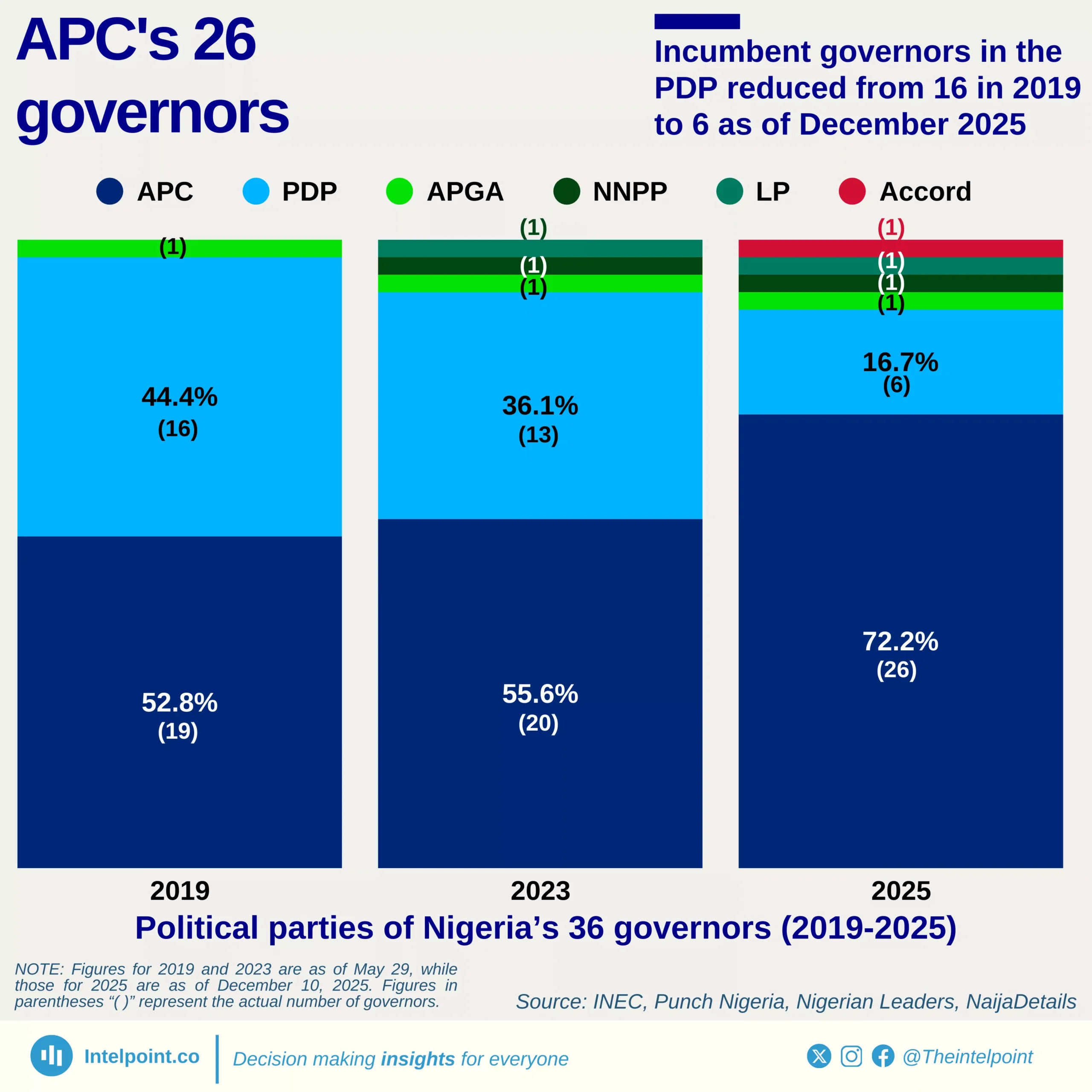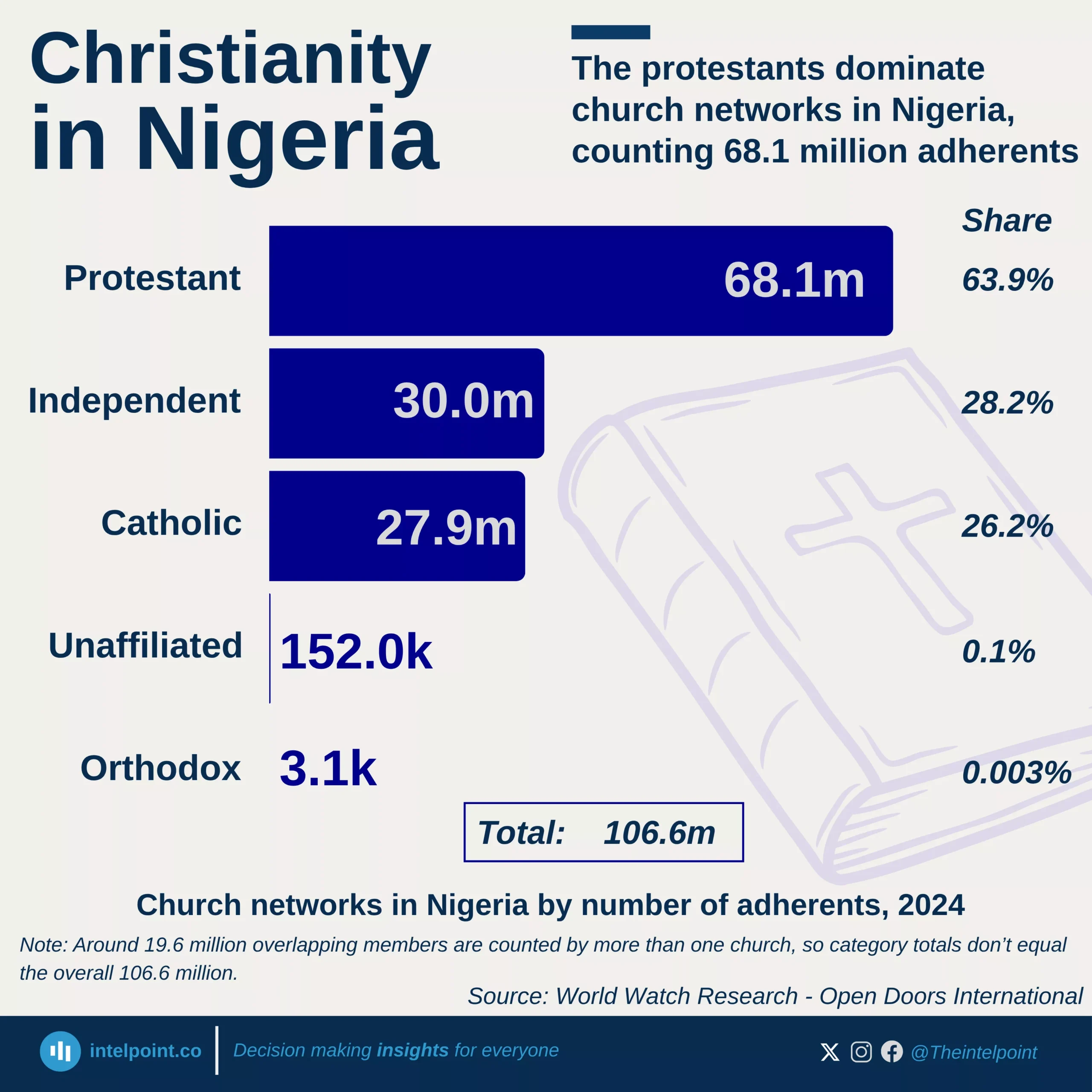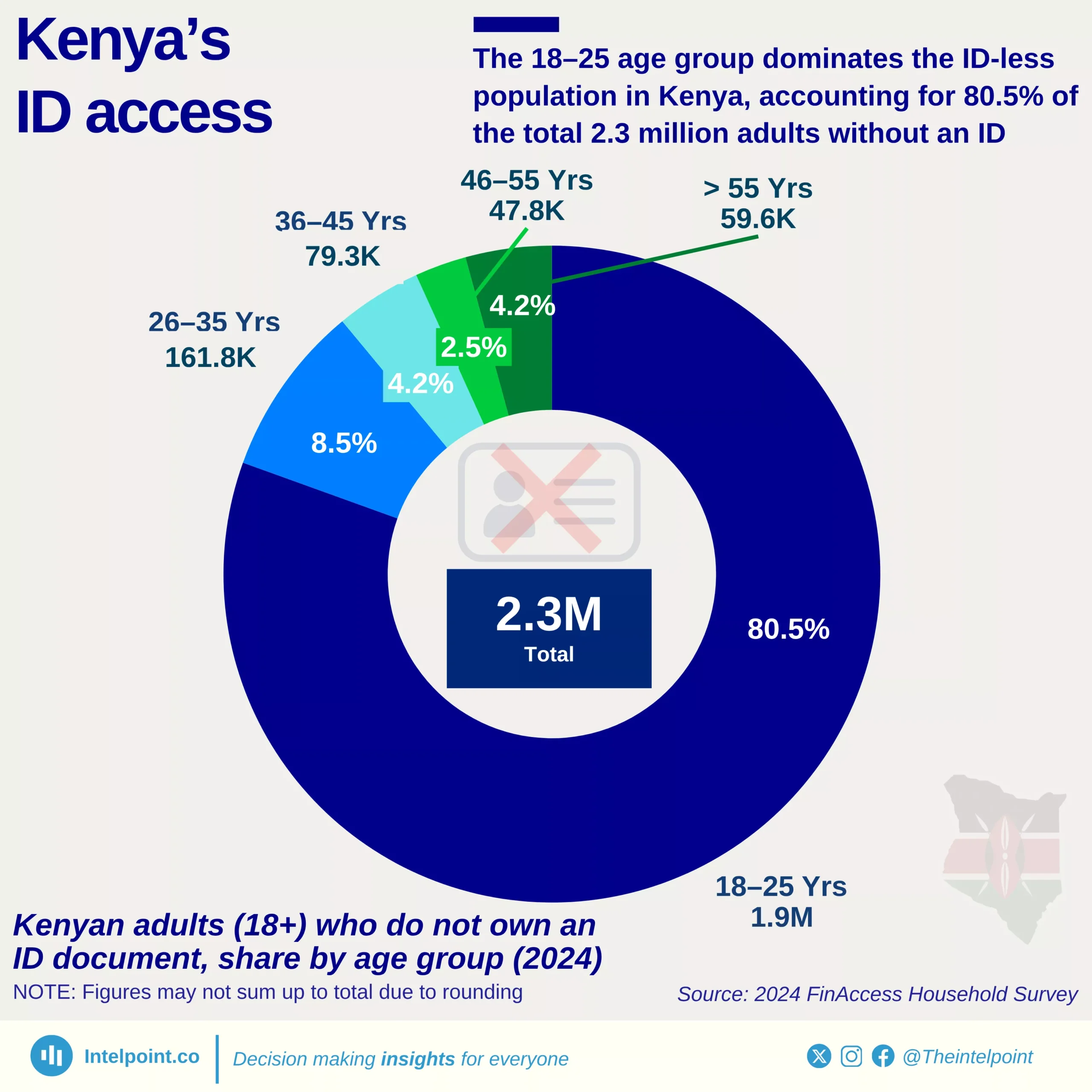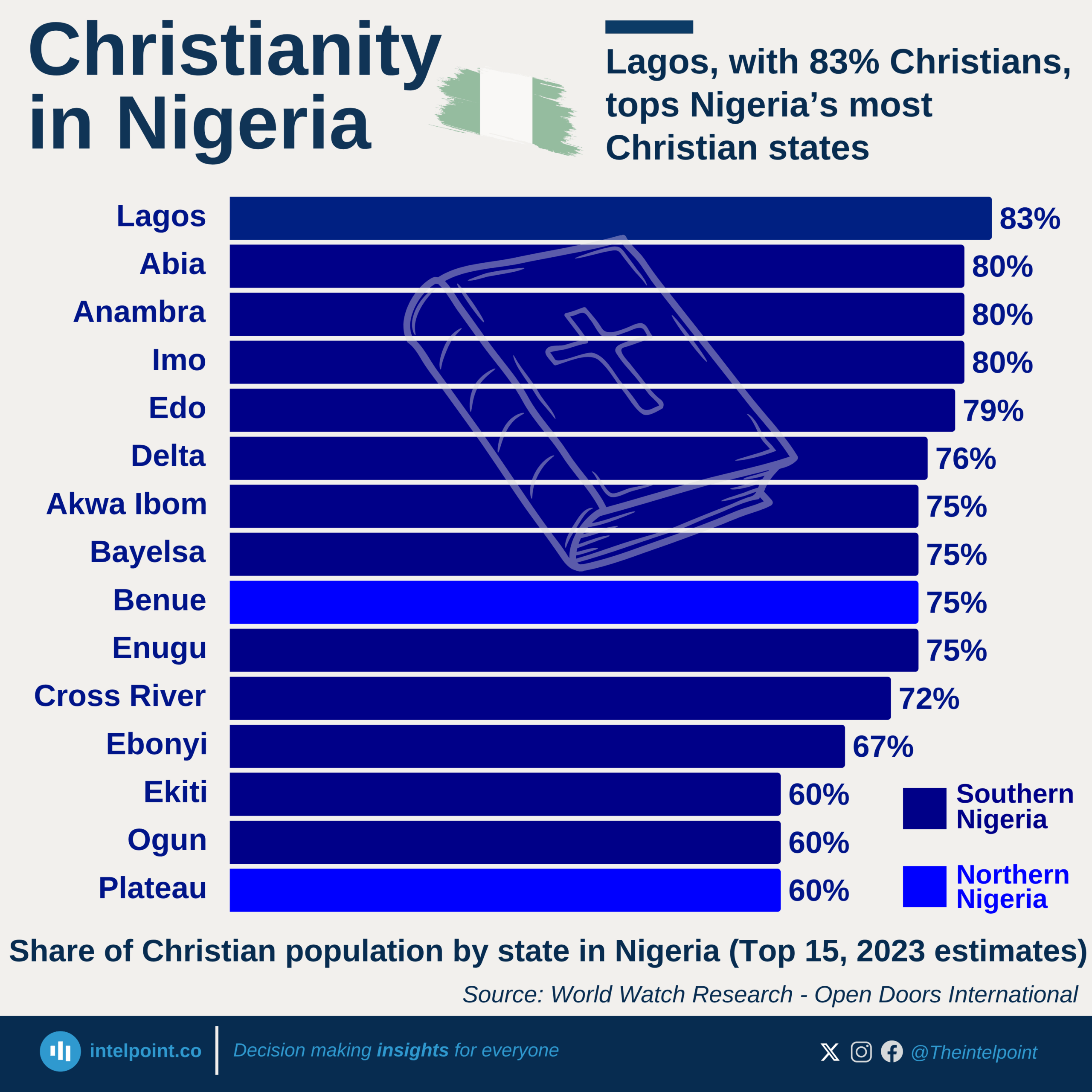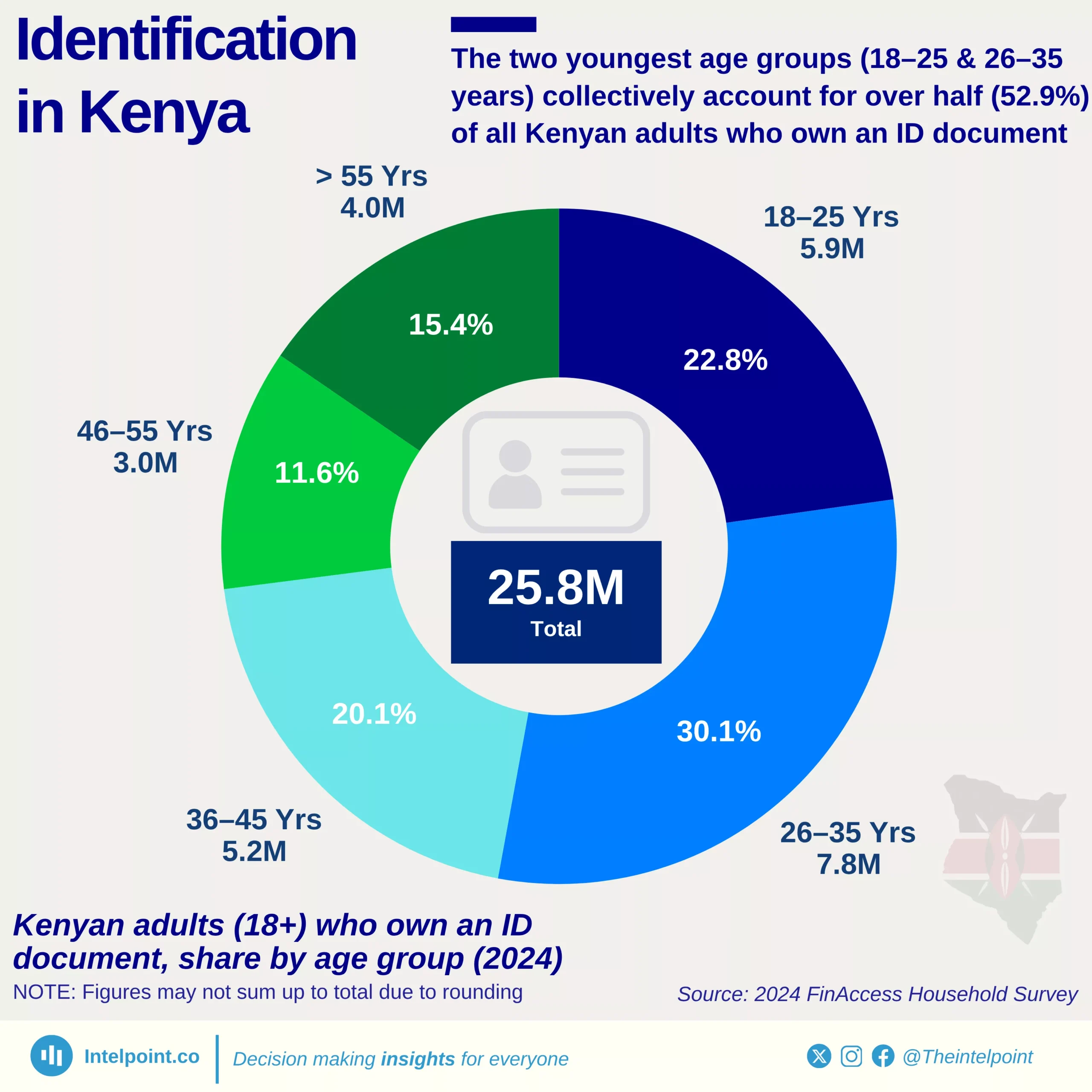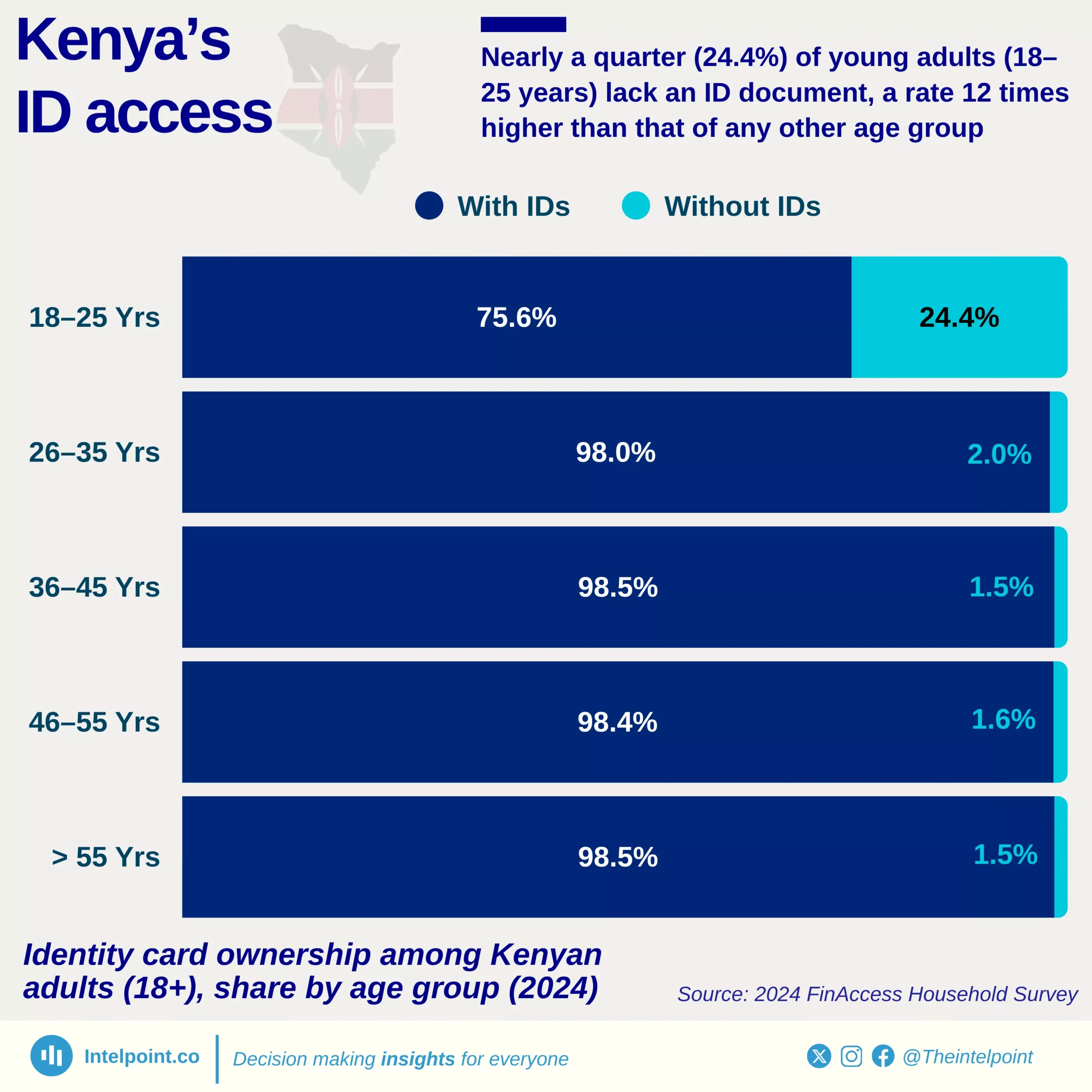The African Union Report on Labour Migration Statistics in Africa (Third Edition) indicates that Africa's labour force increased from 402.8 million in 2010 to an estimated 511.5 million in 2019. Here are Africa's labour force and working-age population from 2010 to 2019.
